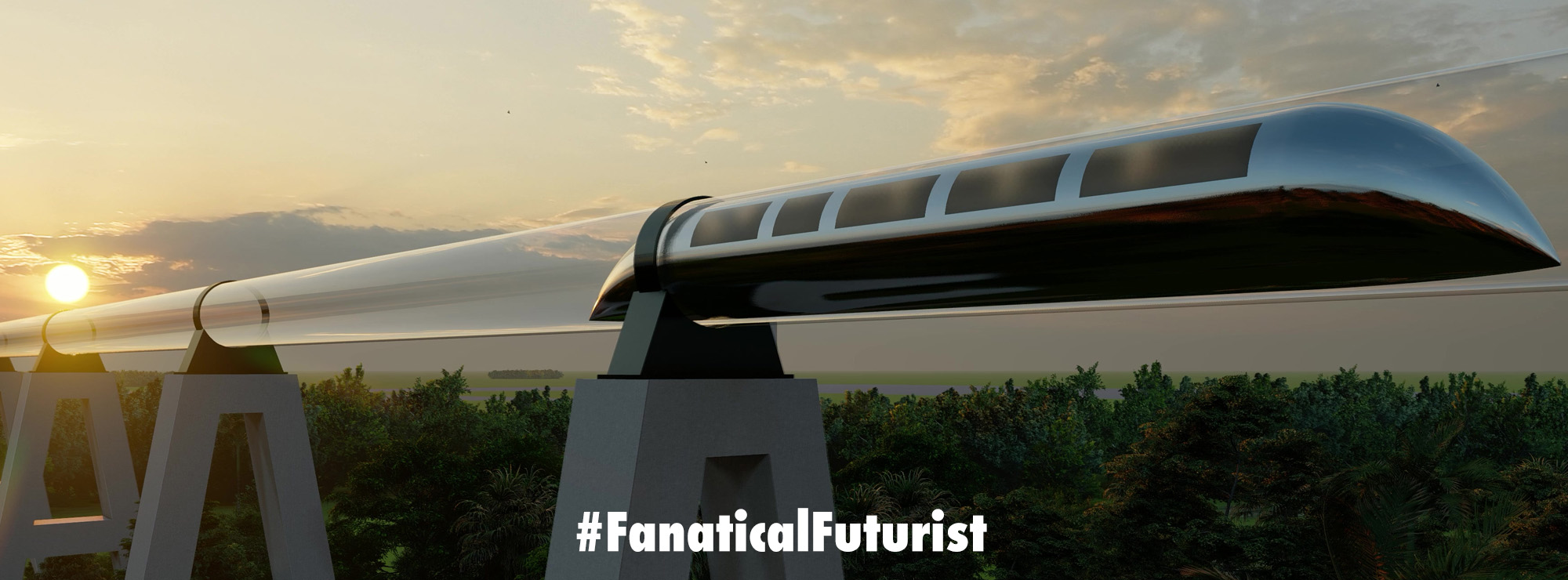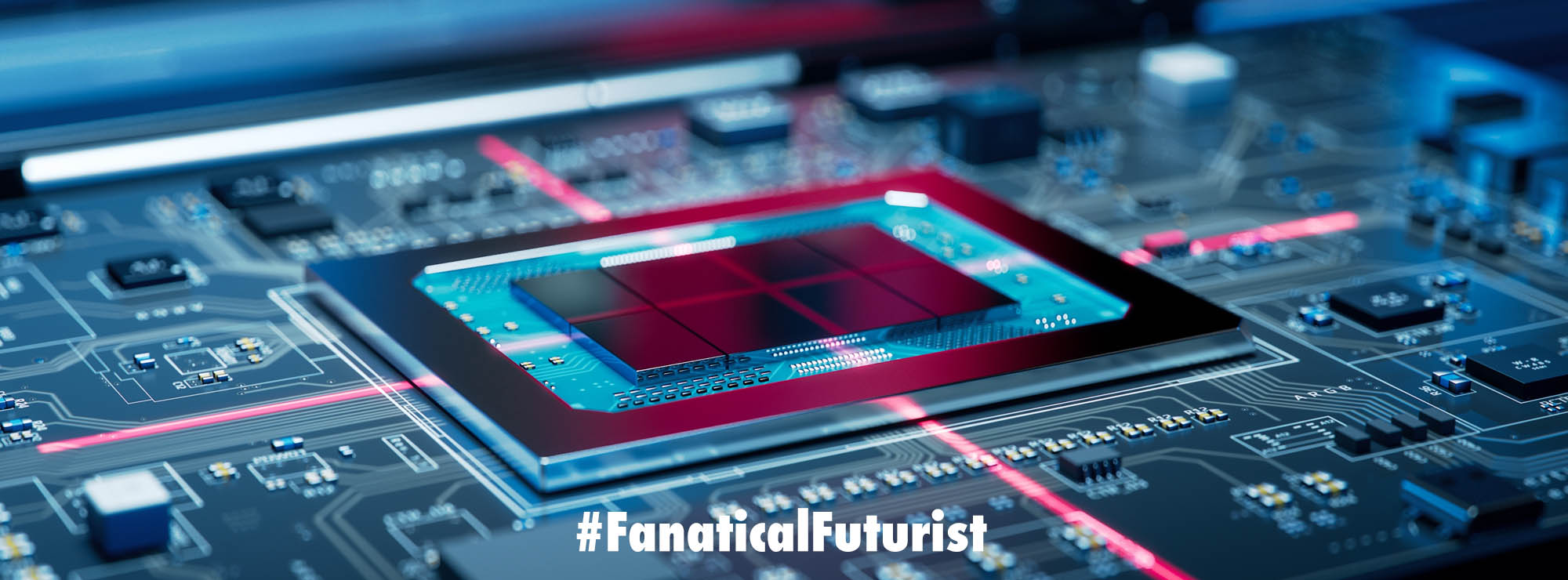
WHY THIS MATTERS IN BRIEF
The aviation industry is one of the world’s biggest polluters, so Reaction Engines is developing green fuel for its first line of hypersonic aircraft.
 Love the Exponential Future? Join our XPotential Community, future proof yourself with courses from XPotential University, connect, watch a keynote, or browse my blog.
Love the Exponential Future? Join our XPotential Community, future proof yourself with courses from XPotential University, connect, watch a keynote, or browse my blog.
The next generation of aircraft will be electric, and also hypersonic. And supersonic. They also might not need fuel to fly – just try and get your head around that for a minute. However, as the rate of innovation in the airline industry continues apace Reaction Engines, and their revolutionary hypersonic SABRE jet engine, and Britain’s Science and Technology Facilities Council (STFC) have just announced they’ve completed a concept study into the practicality of using ammonia as a jet aviation fuel. By teaming Reaction Engines’s heat exchanger technology with STFC’s advanced catalysts, they hope to produce a sustainable, low-emission propulsion system for tomorrow’s aircraft, and if they pull it off then it could be a game changer for an industry that’s continually getting hit over the head for its amazingly poor environmental credentials.
Modern jet engines use a variety of fuels based on kerosene that have a very high energy density that can propel aircraft well beyond the speed of sound and carry passengers and cargoes across the globe. Unfortunately, such fuels are also derived from fossil fuels and produce significant carbon dioxide emissions, which the airline industry and many governments have pledged to reduce radically by 2050.
One way of achieving these cuts is to look at alternatives to conventional jet fuels to power airliners. The problem is that most of these alternatives, like biofuels, have much lower energy densities than standard aviation fuels and suffer from other drawbacks. For example, present-day battery technology would require future aircraft to be very small, short range, and with little payload capacity – until it improves at least. Meanwhile, liquid hydrogen could be a viable alternative, but so much of it would need to be carried that planes would have to be completely redesigned and new infrastructure built.
The idea of using ammonia as aviation fuel isn’t new. Though it only has a third of the energy density of diesel, it’s relatively easy to liquefy and store, and was already used by the famous X-15 rocket-plane, propelling it into space on a series of suborbital missions in the 1950s and ’60s. And, best of all – it’s carbon free.
The tricky bit is finding an economically viable way to use it in aviation. To solve this problem, Reaction Engines produced a new propulsion system based on the heat exchanger technology it developed for its SABRE hypersonic engine, which was then evaluated by STFC’s Rutherford Appleton Laboratory near Didcot in Oxfordshire.
In this new system, the ammonia is stored as a chilled, pressurised liquid in the wings of the airplane just as kerosene-based fuel is today. Heat harvested from the engine by the heat exchanger would warm the ammonia as it is pumped out and fed into a chemical reactor where a catalyst breaks down some of the ammonia into hydrogen. The ammonia-hydrogen mixture is then fed into the jet engine where it burns like conventional fuel, though the emissions consist mainly of nitrogen and water vapor.
According to Reaction Engines, the energy density of ammonia is high enough that the aircraft wouldn’t need significant modifications and the engine could be retrofitted in a relatively short time. A ground-based test is in the works with a first flight possible in a few years.
“The combination of Reaction Engines’ transformative heat exchanger technology and the STFC’s innovative catalysts will enable development of a game-changing class of green ammonia-based aviation propulsion systems,” says Dr. James Barth, engineering lead at Reaction Engines. “Our study showed that an ammonia-fuelled jet engine could be adapted from currently available engines, and ammonia as a fuel doesn’t require a complete re-think of the design of civil aircraft as we know them today. This means a fast transition to a sustainable aviation future is possible at low cost, ammonia-powered aircraft could be serving the world’s short-haul routes well in advance of 2050.”
Source: Reaction Engines















